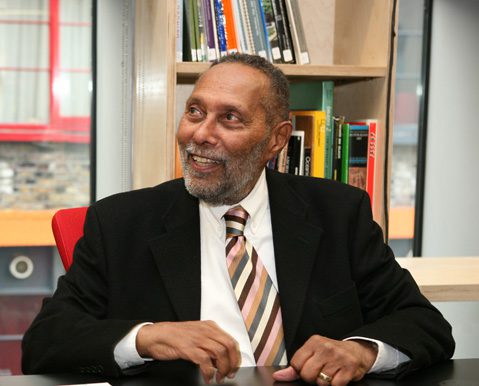Music channels are dedicated TV channels that show only music videos by popular artists within the industry to the audience. This is vital to the industry as not only are the audience listening to the song, but they are also being exposed to the music video - this can lead to a larger a fan base. If music channels did not exist, exposure of music videos would not be as effective and artists would not be as successful. Although it can be argued with the introduction of YouTube and other social media platforms, it is not as difficult for artists to reach a wider audience with their music videos. Music video channels have a form of synergy with channels such as KISS and Magic having their own TV channels as well as radio stations allowing audiences to reach the music in different forms.
Music channels today
There are a large variety of music channels today, this is mainly due to the number of different genres there are therefore different audiences to appeal to.
Today's music channels include: Kiss, Flava, 4Music, Magic, Kerrang, The Vault, Bliss, Heart TV, Capital TV, Starz, Stars TV, Heat, MTV.
Are music channels the same as they were in the past?
Music channels no longer just cater for music video fans and audiences as they also show reality TV programmes due to larger audience appeal. MTV is an example of this, from being known to showing only music videos, to being one of the main music channels that show TV shows such as reality and drama - this is mainly because MTV cater to younger females ages 16-25.
MTV also has other channels on their network such as:
MTV Rocks - shows alternative rock music
MTV Classic - plays music from the 1960s to 1990s
MTV Base - plays Hip Hop, RnB and Rap
MTV Dance - dedicated to dance music
Examples of TV shows on MTV are Ex On The Beach, Catfish: The TV Show, Teen Wolf and Jersey Shore.



What music genres are under represented and why?
Although there are more music genres than ever in the 21st century, some music genres are still under represented as they are niche genres and have a much smaller audience appeal, nevertheless fans of the genre. Alternative R&B and Hip-Hop are under represented genres - as their controversial content may put off networks from showing them, therefore they are only shown generally after 8pm to a small audience ranging from 18 to 30 years old.
Jazz music is also a genre that is seen to be under represented, although this is because Jazz mainly appeals to an older audience, aged 40 or older and they are unlikely to watch music channels but rather alternatives such as listen to the radio.
Grime music is a genre which is influenced by UK garage music but is also under represented as the genre might be seen as too niche or even inappropriate to be shown on major TV networks. Although there are smaller channels such as Channel AKA which show the music videos - YouTube is seen as the new and more effective platform for niche genres such as these. Music channels such as SB:TV and Link Up TV which focus of Grime and UK Rap are designed to promote these niche genres.
Advantages of the number of music channels
Promoting artists - Artists can get more recognition when played on music channels.
Creating a relationship between the artist and audience - This is done by the audience relating to the artist.
Establishing a fan base - Audience may recognise artists on music channels and the artist may establish a fan base this way.
Entertain audience - The audience have a large choice as to what to watch, they will therefore watch what entertain them.
Music industry growing - The music industry grows as the increase of music channels which allows them to play more advertisements and generate more income.
Artists earn more - As the music channels grow, artists get more air time and therefore more income.
Disadvantages of the number of music channels
Under representation - Many music channels may lead to very few artists getting the most recognition, leaving a lot of artists and genres under represented.
Less engagement and viewers - Music channels are not the most viewed TV channels therefore will not get as many viewers, this leads to audiences tuning in to watch TV shows, ultimately the networks playing more TV shows than music videos.
Less videos being played - Less music videos being played leads to less artist recognition which causes them to move to other platforms such as YouTube for their videos.
Conclusion: What music channels do you think your video will play on and why?
I believe my music video will be played on MTV as MTV is the most popular music channel, also it has many sister channels which can give my music video airtime. My music video may be for a song of a niche genre but it may get many views as MTV cater to most genres which leads to better recognition and eventually an established fan base. My music can also be played on radio channels as not everyone watches music channels for music videos, although if it is a niche genre, radio channels may not be appropriate.






